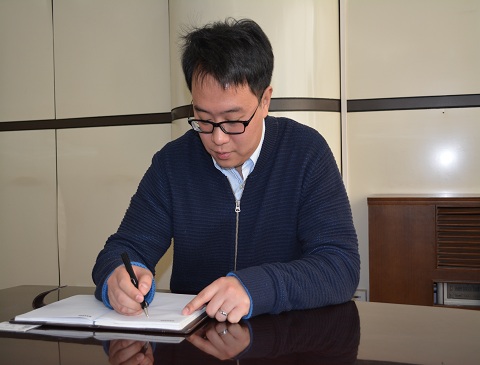Wellingborough, UK – 1st September 2011: US PV module supplier, Solyndra, announced yesterday that it had shut its manufacturing facility and will file for bankruptcy, the third to do so in a month. The seemingly overnight decision, and the failurand is a warning to all other PVe of the business, should really come as no surprise module start-ups according to IMS Research.
Solyndra began commercially shipping its innovative PV module solution, featuring cylindrical modules mounted in frames, in 2008, The product offered a unique solution and some compelling advantages, but ultimately PV is an investment and the price has to be right. “Despite Solyndra operating its 110MW facility close to full capacity in recent months, we estimate that its manufacturing costs still far exceeded the price at which it had to sell its modules at.in order to make an investment case for its customers,” commented Senior Research Analyst, Sam Wilkinson. “It was losing money fast, and for that reason the closure really comes as no surprise. Whether further capacity expansion, increased production and a few more years of technical advancements could have changed the situation is debatable, but now we will never know,” added Wilkinson.
IMS Research recently announced that its latest round of quarterly research reveals that Chinese module suppliers have strengthened their position in the market, that the market is showing signs of consolidation, and that competition is only going to get more intense. The PV module industry has recently suffered from a huge oversupply, which has led to fierce price competition with average prices dropping by around 20% in a single quarter. Of course, this will not have helped Solyndra in its bid to compete, and was cited as one of the reasons for its closure.
The company’s failure will come as a warning to the vast number of other thin film startups that have recently emerged. “Whilst Solyndra’s product was different so that it cannot be simply considered alongside other CIGS modules, it demonstrates the need for smaller companies to reach scale and volume quickly in order to compete,” added Sam Wilkinson. “All PV module manufacturing, and CIGS in particular, relies on scale to reach attractive cost levels, and any supplier currently producing in relatively small volumes is at an instant disadvantage compared to the GW-scale manufacturers that are currently dominating the market,” continued Wilkinson.
This was highlighted in fellow thin film innovator, Uni-Solar’s recent announcement that its manufacturing cost more than doubled to $3.40/W in Q2’11, when it temporarily reduced production of its flexible modules by almost 80%. This cost is most likely more than double its average selling price for the quarter according to IMS Research.
Whilst Solyndra’s failure will shock some in the PV industry, it will certainly have political consequences. The company had been awarded a US Department of Energy loan guarantee amounting to over half a billion dollars, which was already considered controversial after it closed its first fab and cut jobs in 2010, provoking some investigation into the loan approval process. This sum can now be added to the US government’s huge debt.
Detailed analysis of supply and demand dynamics in this market is available from IMS Research’s quarterly PV cell and module report.
- 第九届中国(无锡)国际新能源大会
-
 本届新能源大会以“新城镇、新能源、新生活”为主题,举办2017全球新能源产业峰会及“光伏+”跨界、绿色建筑、分布式市场营销等10场专业论坛,国家能源局新能源和可再生能源司...
本届新能源大会以“新城镇、新能源、新生活”为主题,举办2017全球新能源产业峰会及“光伏+”跨界、绿色建筑、分布式市场营销等10场专业论坛,国家能源局新能源和可再生能源司...














